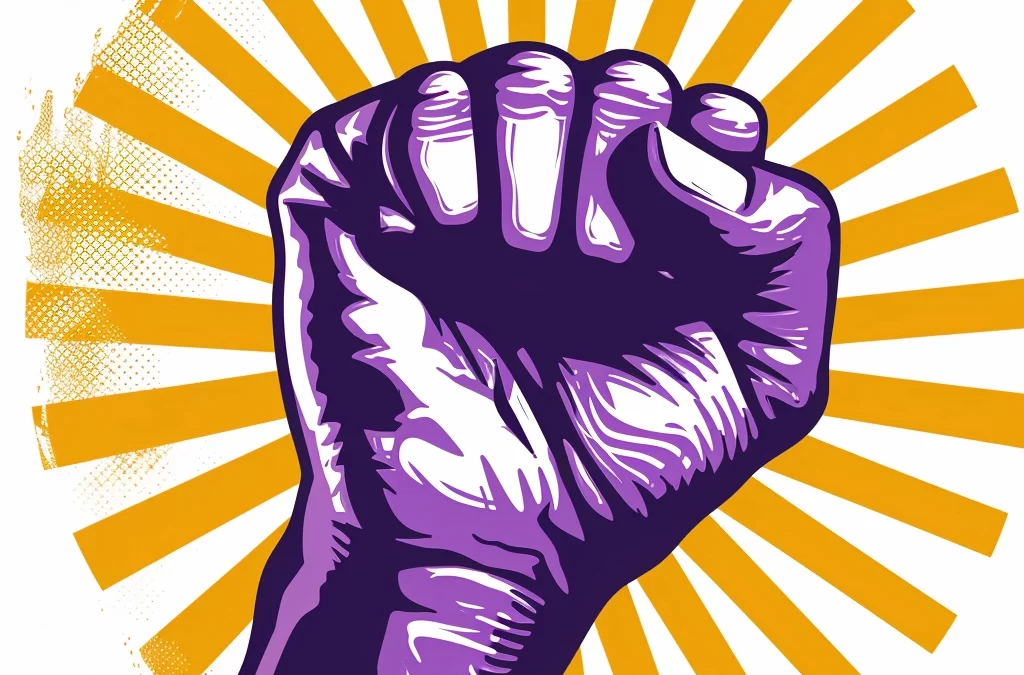In the 1960s, astronauts Alan Shepard, Gus Grissom, John Glenn, and others absorbed the accolades of being America’s first men in space. Behind the scenes, their triumphs were enabled by hundreds of unheralded NASA workers, including “human computers” who calculated their orbital trajectories.
In the 1960s, astronauts Alan Shepard, Gus Grissom, John Glenn, and others absorbed the accolades of being America’s first men in space. Behind the scenes, their triumphs were enabled by hundreds of unheralded NASA workers, including “human computers” who calculated their orbital trajectories.
During the early days of the space program, women served as “human computers.” The term “computer” referred to a job title for someone who performed highly complex mathematical calculations, not the machines that did them. These were people who processed data for aviation experiments and, eventually, spaceflights, and they carried out these calculations completely by hand.
Located at the Langley Research Center in Virginia, all of NASA’s human computers were women, and many of them were African American. Segregation policies required that these women work in a separate section, called the West Area Computers, although computing sections became more integrated after the first several years.
Mary Jackson, Katherine Johnson, and Dorothy Vaughan were especially prominent computers.
When John Glenn was waiting to be fired into orbit aboard Friendship 7 in 1962, there was one person he trusted with the complex trajectory calculations required to bring him down safely from his orbital spaceflight: Katherine Johnson.
“Get the girl, check the numbers,” Glenn said before boarding the rocket. “If she says they’re good, I’m good to go.”
The African American women computers played a vital role in advancing NASA projects, a story popularized by the movie Hidden Figures, based on the book of the same name by Margot Lee Shetterly.
During Black History Month, we look to the skies and celebrate the remarkable accomplishments of these three woman and many more truly “hidden figures.”
